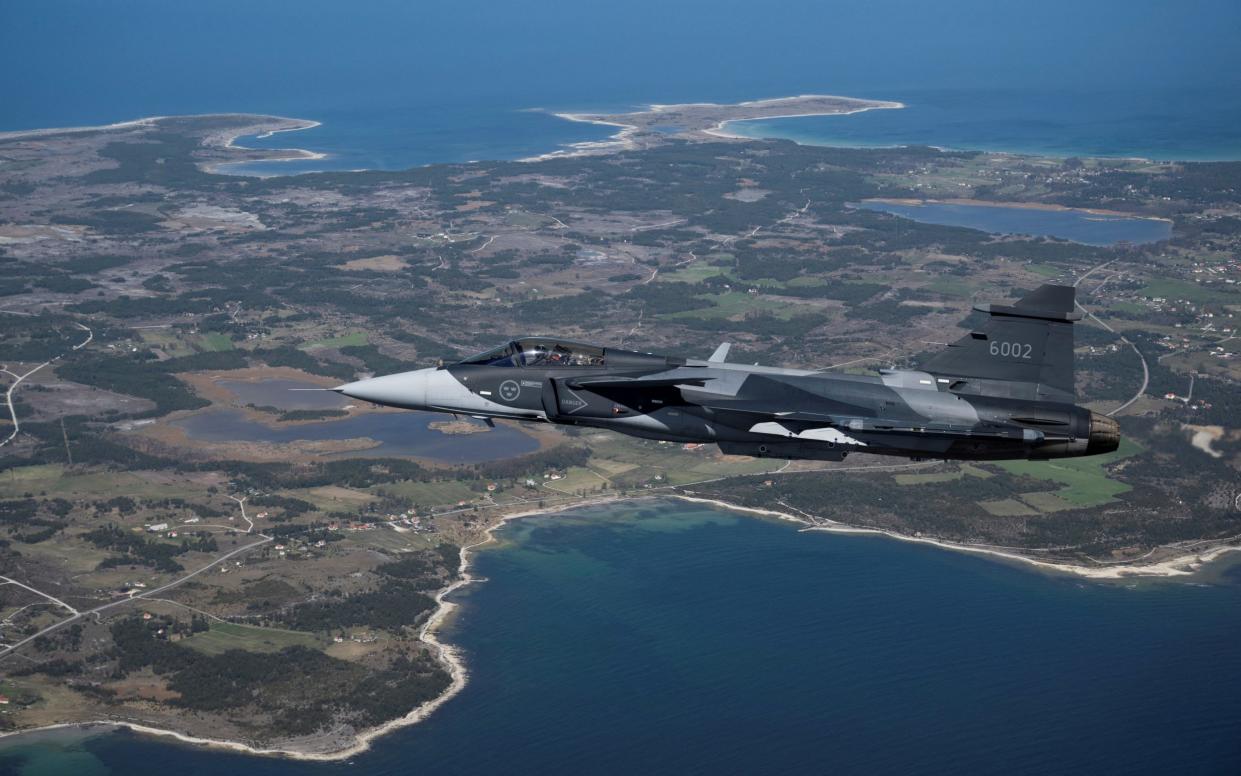Sweden’s giant-killer military is built for one thing: fighting Russia

The accession of Sweden to Nato is a historic moment. Regardless of the closed-door discussions between Turkish president Recep Erdoğan, the European Union, and the United States which led to this moment, the end result is simple. Nato has received a massive military boost; Russia has found swathes of the Arctic and Baltic regions denied to it.
The British Armed Forces can sometimes seem to be caught in an identity crisis; unsure of the tilt to the Indo-Pacific, hedging against a continental hegemon, or whether they can remain a small elite force deployed in overseas interventions. Sweden has no such issue. Its military is built for one thing, and one thing only: fighting Russia.
As such, despite over 200 years of neutrality since a traumatic loss of territory during the Napoleonic wars, Sweden is a modern-day military powerhouse. Since the 2020 defence paper, Stockholm has sought to increase both the size of its military and its budget. Last year Sweden spent 1.3 per cent of GDP on defence, and it aims to meet the Nato 2 per cent target by 2026 at the latest. This money goes a long way; unlike the UK or France, Sweden has few global deployments and no nuclear arsenal to swallow up chunks of its defence budget. It is free to target spending on modernising its conventional forces.
As such, Sweden’s forces are set to increase by one third by 2030, to include 90,000 full-time personnel, whilst 8,000 conscripts are now being trained annually to backfill their Reserve forces. Meanwhile, on land, the Army’s newly modernised force structure will consist of three mechanised brigades, with upgraded Leopard 2 main battle tanks and CV90 armoured personnel carriers – common platforms used bys many NATO partners, greatly aiding with interoperability and burden sharing. In addition, and with an eye to the lessons learnt so-far in war in Ukraine, the number of artillery battalions is set to be tripled.
Crucially, the defence of the strategic island of Gotland, located in the middle of the contested Baltic Sea, will be further bolstered, with a reinforced mechanised battalion forward deployed, while at the divisional level, a headquarters and supporting units will be brought back to add capability to any future NATO coalition.
However, it is Sweden’s ability to harness advanced technology that truly adds weight and credibility to their military posture, particularly in the key elements of speed, surveillance, and stealth. This is best demonstrated in the maritime and air domains, the key environments in which Sweden will complement NATO security across both the Baltic and the Arctic regions.
The Swedish navy’s Gotland-class attack submarines are universally acknowledged to be amongst the best in the world, and almost entirely undetectable – even by the best the US has to offer. This was amply demonstrated in 2005, when the HMS Gotland “defeated” the USS Ronald Reagan during war games.
Sweden’s advanced military technology doesn’t end with world-class submarines. The air force are equipped with the Saab-manufactured Gripen JAS 39E, a state-of-the-art aircraft that has mastered super-cruise flight – the ability to fly at supersonic speeds without the use of afterburners. The Gripen is also equipped with world leading electronically scanned array systems, and will soon be fitted with one of the world’s most advanced electronic warfare capabilities. In a nod to Sweden’s focus on countering Russian forces, the Gripen is capable of operating from motorways – a legacy of the decision to design hidden runways into the road system during the cold war.
But perhaps the biggest benefit Sweden brings to Nato is Sweden itself. Geographically, it lies at an incredibly important strategic juncture for both Russia and northern Europe, straddling huge swathes of the northern and western Baltic Sea. Russian submarines and vessels leaving Saint Petersburg and the nuclear enclave of Kalingrad must pass through Swedish waters and, crucially in times of war or increased tension, Swedish-controlled waters. With Sweden’s near-undetectable Gotland-class attack submarines, the ability for Stockholm to control these waters and effectively deny their use to the Russian navy is of remarkable strategic utility.
Similarly, Sweden is a major Arctic power. With membership confirmed, all non-Russian Arctic states are now in Nato. In one fell swoop, a once neutral military has unlocked the final pieces in both Baltic and Arctic security concerns, while isolating Putin and the Kremlin.
Robert Clark is the Director of Defence and Security at Civitas. Prior to this he served in the British Army.

